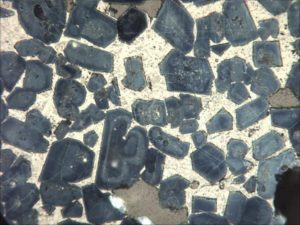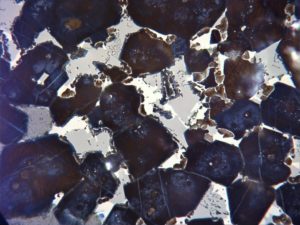“We can be using the same kind of technology, the same kind of techniques, but when we use it, we get something different.” Shigeru Miyamoto
Have you ever experienced a change in behavior of either the cement you are currently using or one that you have switched to? While factors other than the cement may be causing these behaviors, certain process parameters in the manufacture of portland cement can impact concrete properties.
Although many of the techniques, technology and raw materials that go into the making of portland cement are similar, the portland cement produced at each plant is unique.
The manufacture of portland cement is relatively complex. It is manufactured by pyroprocessing a mixture of raw materials proportioned to provide a specific chemistry. Pyroprocessing is the heating of materials to produce a chemical or physical change. Raw materials, including sources of calcium, silica, alumina, and iron, are ground and then blended, or homogenized. The feed is introduced into the kiln system, which today typically includes a preheater tower. The raw feed is exposed to increasing temperatures as it passes through the kiln system producing clinker nodules that are subsequently cooled after the burning zone. The clinker nodules that are ground with gypsum and limestone to produce portland cement.
Variances in manufacturing can change cement’s physical properties
The manufacture of portland cement that is consistent and of good quality is a balance between proper proportioning and homogenization of feed, flame structure, burner positioning, heating rate, maximum temperature, kiln atmosphere, cooling rate, and grinding. Variance in any of the manufacturing steps can potentially change the physical properties of the cement.
For instance, the photographs below present the difference between clinker characteristics from two different plants or different production runs in the same plant. The photograph on the right, compared to the photograph on the left, exhibits very large C3A crystals (several illustrated by a yellow arrow) along with belite fringes on alite, which is reversion of alite to belite and free lime. These features would indicate that the clinker was slowly cooled. The large C3A crystals can cause early stiffening and apparent slump loss while the belite fringes can lead to reduced reactivity of the alite, which could impact setting time and variability in strength.
I have only briefly touched upon the many aspects of portland cement production and the impact that process parameters can have on the concrete performance. Beton Consulting Engineers can help you get to the bottom of unanticipated concrete behavior.


